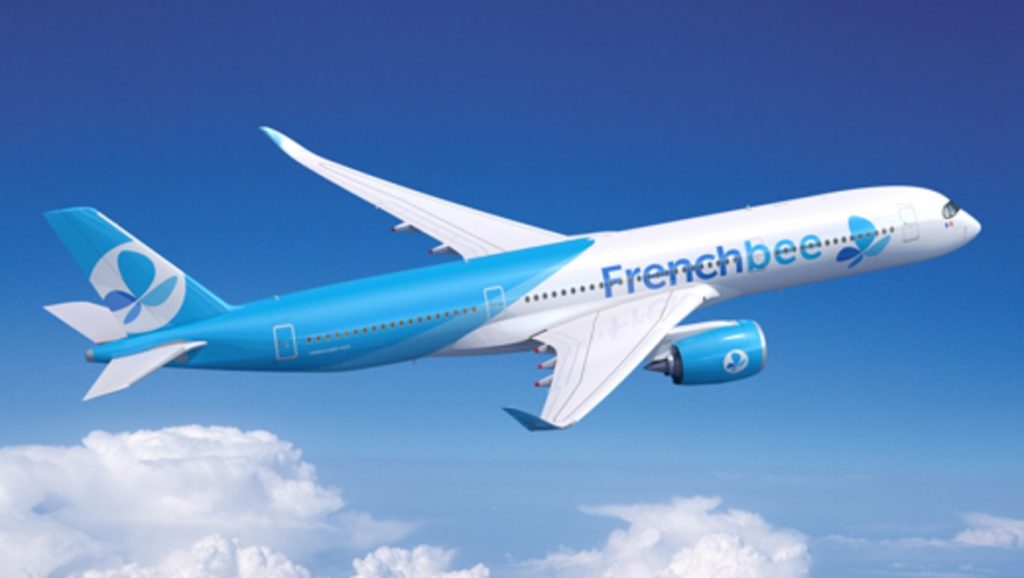
Aviation safety investigators in France have revealed how an unexpected windshear alarm startled a pilot to be “absent” for minutes, forcing the captain to take control of its safe landing at Paris Orly Airport last year.
A French Bee A350 twin-jet was close to landing from its long-haul San Francisco flight on 4 February in 2020, when the alarm was triggered, deviating the jet from its missed-approach pattern.
The information was disclosed by BEA, The Bureau of Enquiry and Analysis for Civil Aviation Safety in France.
After the first officer became non-responsive in shock, the captain ordered to control the safe landing, but their ability was hindered after handling multiple operations simultaneously.
French Bee is a low-cost, long-haul airline based at Paris Orly Airport, with a fleet of only Airbus wide-body A350s.
It operates flights between France to worldwide destinations via San Francisco and has been in service since 2016.
Authorities from BEA said wind conditions were good and were “surprised” when the alarm triggered at 1,350 feet.
The airborne wind shear alert system detects and reports to the pilot of any change in wind shear condition.
When the alarm sounded, the aircraft was being flown manually by the first officer, who halted the autopilot a few seconds before.
The captain ordered a go-around (an aborted landing) in response to the alarm, but the aircraft continued to climb despite flight directors trying to reduce its pitch.
The first officer responded to a few directions, but “did not react” to instructions to stabilise the aircraft at 2,000 feet, following it to exceed altitude clearance.
The enquiry described the first officer to be “absent” for minutes and thought the aircraft was still in autopilot after being disengaged.
“This cognitive incapacity was initially neither identified by the captain nor by the [relief pilot],” says BEA, which were unable to attribute a reason for disengagement.
With the first officer unable to assist in the go-around, the captain was forced to take on a “significant” workload, piloting the aircraft, handling navigation, and radio communications simultaneously.
After following multiple protocols, the captain re-engaged the autopilot, resulting in the aircraft turning left and descending towards the targeted altitude at 2,000 feet.
A low energy alert was triggered because the aircraft was flying below the brink at 175 knots.
As the captain made the left turn while the speedbrake retracted, the BEA said it was stable, despite “dynamic” and “large” inputs being recorded.
The BEA said the first officer declared himself fit again to resume, but the captain continued as the flying pilot and landed the jet on runway 25 safely.
As the captain was landing the aircraft manually, the highly-charged situation deeply hindered the pilot’s ability, according to BEA.
The pilot had to make several rapid decisions to re-stabilize the jet and to land it safely, despite handling it mostly unaccompanied.
BEA noted some similarities with the A330 crash involving Air France flight AF447 in the South Atlantic in 2009, where an alarm also startled a crew member to disengage.










